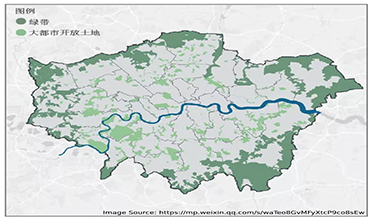


3.2 Planning and design strategies
As the environment that urban residents depend on for survival, urban space is an important medium for climate change to affect residents' health. Overseas planning and design strategies to cope with health risks caused by climate change mainly include climate adaptation planning and health enhancement planning.
3.2.1 Climate adaptation planning
Climate adaptation planning improves the resilience and coping capacity of cities by adopting appropriate planning strategies to mitigate and adapt to climate change. Climate adaptation planning in foreign cities focuses on coping with disasters caused by climate change such as heat, floods and storms, and includes building a comprehensive transportation network and green infrastructure network.
A well-developed transportation network can help improve the resilience of transportation networks to climate change, thereby reducing the indirect health risks associated with public transportation disruptions caused by climate disasters or outbreaks of infectious diseases. New York, London, and Rotterdam have all developed well-designed transportation networks that include pedestrian-first streets, wider bicycle lanes, and better public transportation networks; break down highways, railroads, and waterways to create smooth connections between key urban nodes, and provide high-quality transportation infrastructure.
A well-developed green infrastructure network can cool cities and absorb stormwater, filter pollutants to improve air quality and water quality, reduce the incidence of climate hazards and the infectious diseases they can cause, and mitigate the direct effects of climate change on residents' health enhance ecosystem resilience. New York has enhanced the city's ecological resilience by expanding its greenway network, adapting its stormwater system, and incorporating climate change predictions into drainage planning. At the same time, New York has built green spaces in parks at different levels and designed heat-resistant facilities to create emergency resilient spaces (Figure 2)。 These spaces can also be used as epidemic-proof spaces in an infectious disease disaster brought about by climate change. London supports the protection of green belts and urban open spaces (Figure 3), while promoting "urban forests" to increase the amount of green space and enable urban green infrastructure to play a greater role in flood prevention, climate resilience, and health risk reduction. Rotterdam, on the other hand, focuses on urban blue spaces. A series of flood prevention planning and design strategies are proposed, including "expanding waterways and adjusting polders," reserving open space and building dikes in estuaries, correlating water level changes with building construction standards, and combining hardware flood protection (dikes, barriers, and other protection) with software flood protection ("waterproofing")。
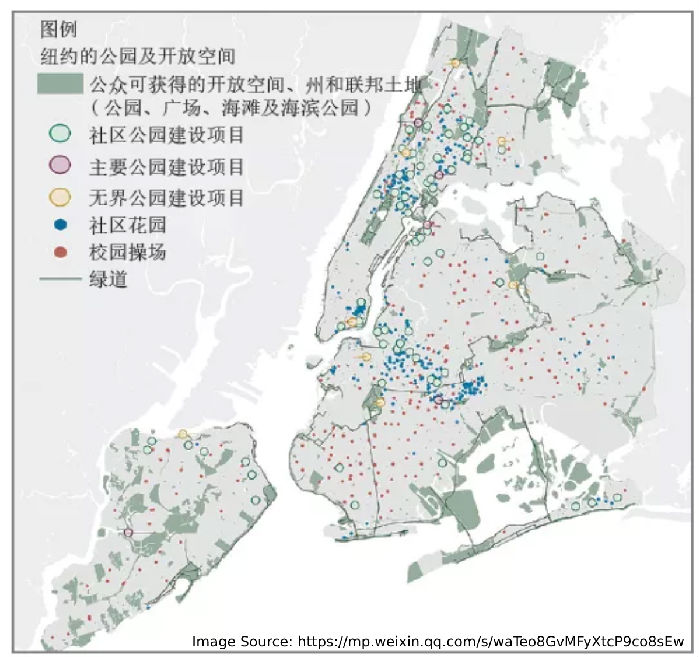
Figure 2 Map of New York's parkland at all levels
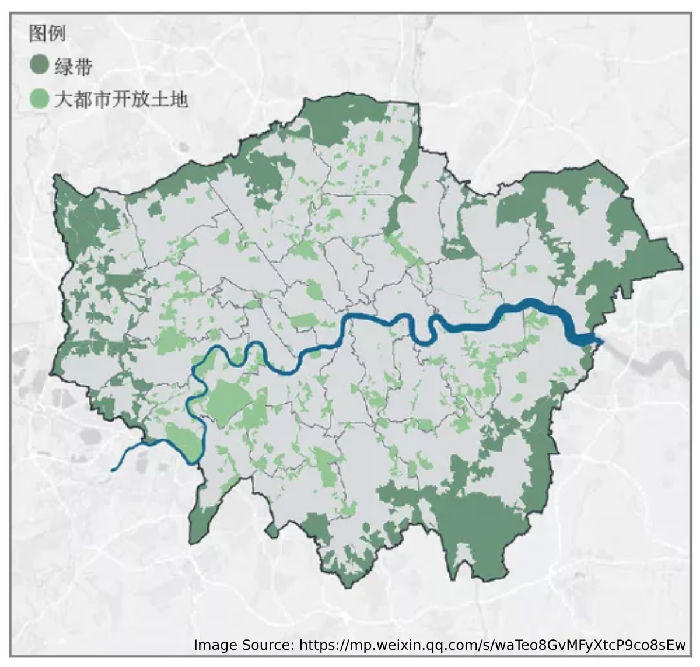
Figure 3: London's Green Belt and Metropolitan Open Space Distribution
3.2.2 Health Promotion Planning
The health promotion plan aims to promote physical activity and social interaction among residents to have a healthier physical and mental state in the face of climate disasters and infectious diseases.
(1) Building a slow-moving network. New York, London, and Rotterdam have all proposed to build a comprehensive and green-friendly street network, with an emphasis on optimizing the cycling experience and promoting green mobility (Figure 4, Figure 5)。 In terms of streetscape creation, New York provides financial and technical assistance to under-resourced communities to build and maintain high-quality streetscapes and pedestrian plazas; London advocates "healthy streets" with well-designed walking and cycling spaces; Rotterdam proposes to build slow-moving paths along the riverbanks and create riverfront trails, while encouraging Rotterdam proposes to build slow paths along the riverbanks, create riverfront trails, and encourage the construction of the "last mile".
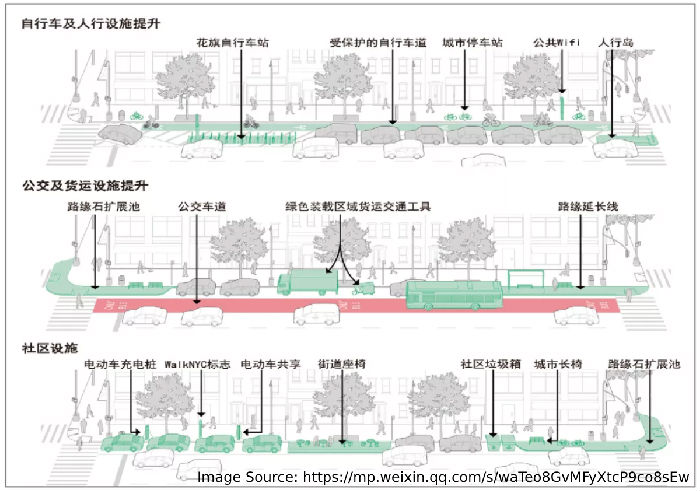
Figure 4: New York's green mobility street design approach
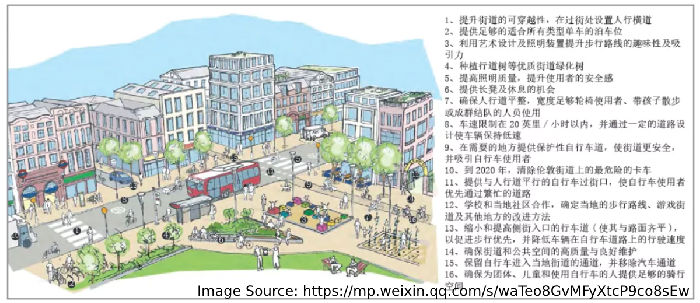
Figure 5: London's green mobility street design approach
(2) Create high-quality open space. As an important place for leisure and physical exercise, open space is closely related to the physical activity level and lifestyle of residents. In terms of open space construction, New York is committed to creating high-quality parks in all neighborhoods to provide recreational and physical activity places for residents, enhance their physical activity levels and promote social interaction, as well as provide a good visual landscape for home health workers during outbreaks of infectious diseases and mitigate indirect health risks caused by climate change; London is committed to creating and improving open spaces by increasing London is committed to creating and improving open spaces, increasing inclusive design, adding recreational facilities, improving landscape conditions, and encouraging walking and bicycling to promote healthy lifestyles.
Source:<https://mp.weixin.qq.com/s/waTeo8GvMFyXtcP9co8sEw>
Translated by Chen Yan